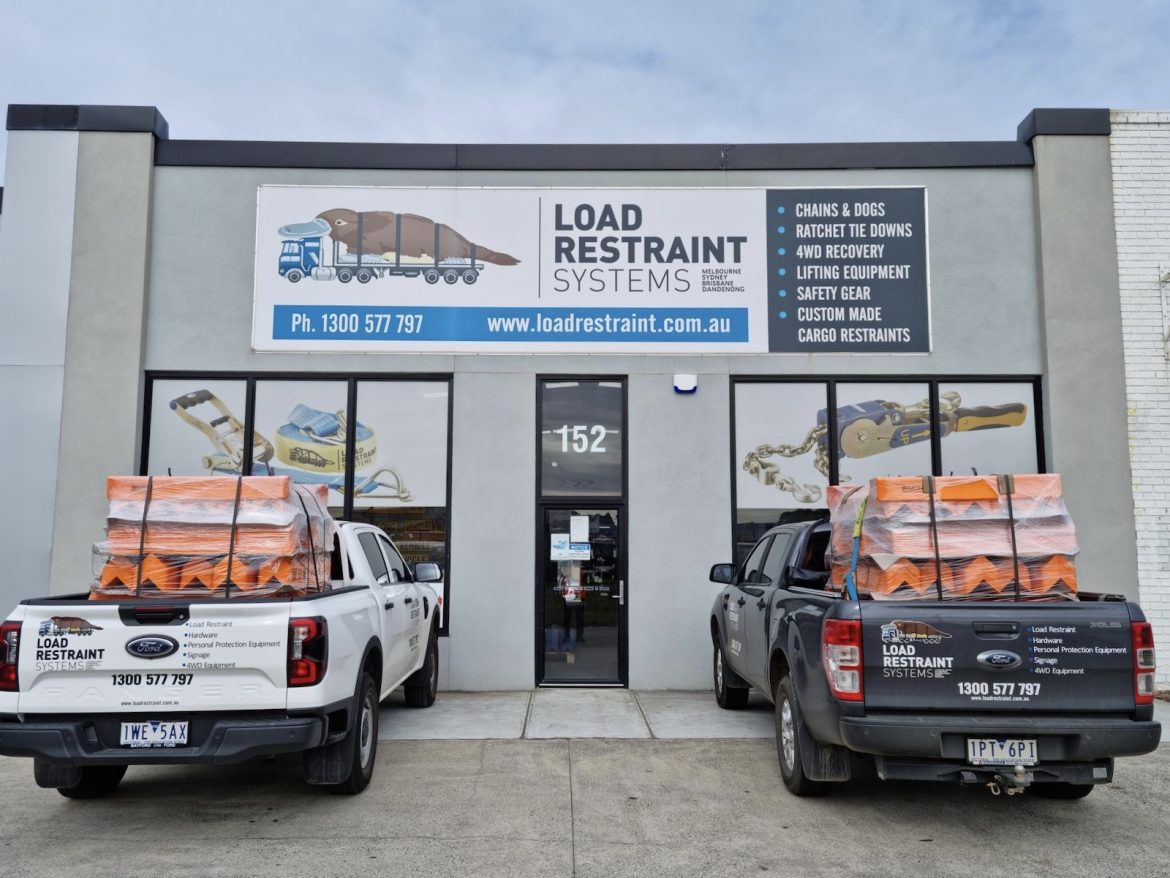 Oct
06
Oct
06
6 Facts You Didn’t Know About Load Restraints
- 06/10/2022
- 0 Comment(s)
Do you work in the cargo industry? Have you ever used a trailer to move furniture to a new home? Do you routinely move quad bikes, bicycles or motorbikes to racing tracks? If you’ve answered yes to any of these questions, then you’ve probably come across different types of load restraints.
One of the most common ways to tie anything down to your trailer is by using ratchet straps of varying strengths. Alternatives might include using rope or chains. What do you need to know to get it right during your next trip? Remember—your method determines safety, so rather read the information below first.
Interesting Facts About the Items Keeping Your Load Safe
Chances are you don’t give your load restraints much thought. But, as with everything else, knowing a little more can help you plan better.
Been Around Since the ‘80s
Generally, a tie-down or ratchet strap has a fastener that secures the cargo during transport. Available in a variety of sizes and lengths, our experts can easily provide you with the best product for the load on hand.
A fun fact about tie-downs is that they were invented in the 1980s—and they’re still popular despite many other innovations
The Correct Way to Restrain a Load
If you don’t use ratchet straps all that often, your idea of securing your load may include tying straps all over the load to keep it safe. A little-known fact for cargo-moving newbies is that there are formulas to restraining your load for optimal effectiveness.
The main points being that:
- 80% of the weight must be tied in the forward direction
- 50% of the weight should be tied to secure the side and rear
- 20% of the weight should be secured vertically
Ratchet Straps are More Effective Than Ropes
When you’re tying down a load for a short trip around town, you might be tempted to skip having to buy a ratchet strap and just use rope. Here’s why that’s not the best idea:
- Ropes are not effective for restraining loads because they have very low tension which makes them more likely to snap or tear
- Webbing straps generally have an average of 5 to 10 times more tension than rope
- Rope relies on knots to fasten whereas cargo restraint options have ratchets to tighten the strap and resist large amounts of force
- Tie-down straps are designed for various weight capacities, making them a better option to handle different-sized loads
Add Rubber to Your Loading Routine
Depending on the type of cargo you’re hauling, ratchet straps may still seem loose. This might be because your load or the deck (or both) may be slippery. Loading directly onto roof racks, steel decks or A-frames reduces the grip on your restraint.
A tip from our Load Restraint Systems experts is to add a rubber mat underneath the load. This can reduce the number of lashings needed to secure the load. Avoid using conveyor belting in this instance as it only has half the required grip
Short Trips Deserve the Same Care as Long Trips
People who are only moving a few furniture items a short distance might not always exercise the same care as drivers moving cargo across the country. This is a very risky practice since most load restraint-related accidents occur at low speeds within city areas.
It’s crucial to use the same amount of care for restraints for every journey. Whether you’re moving a coffee table to your friend’s house or transporting all your furniture a little further, be extremely cautious. Ensure that the right type and quantity of restraints are used for the capacity you’re hauling.
Don’t Rely on Load Weight Alone
Our experts often hear the phrase, “the item is heavy, its weight will keep it on the trailer.” It’s important to highlight that any load, of any size or weight, should be tied down correctly. The weight of a load alone won’t provide adequate friction to restrain it. There is always the risk of an accident, no matter how short the trip is.
Where to Find the Best Load Restraints
When it’s time to tie down your next load, there’s no need to search for the perfect cargo restraint. Our experts at Load Restraint Systems are waiting to help you get the best type of restraint for your load.
It’s as simple as contacting us on 1300 577 797 for a quote. Our experts will consider all the factors needed to keep your load secure for the entire journey. We’ll also offer you quality products, giving you peace of mind!
